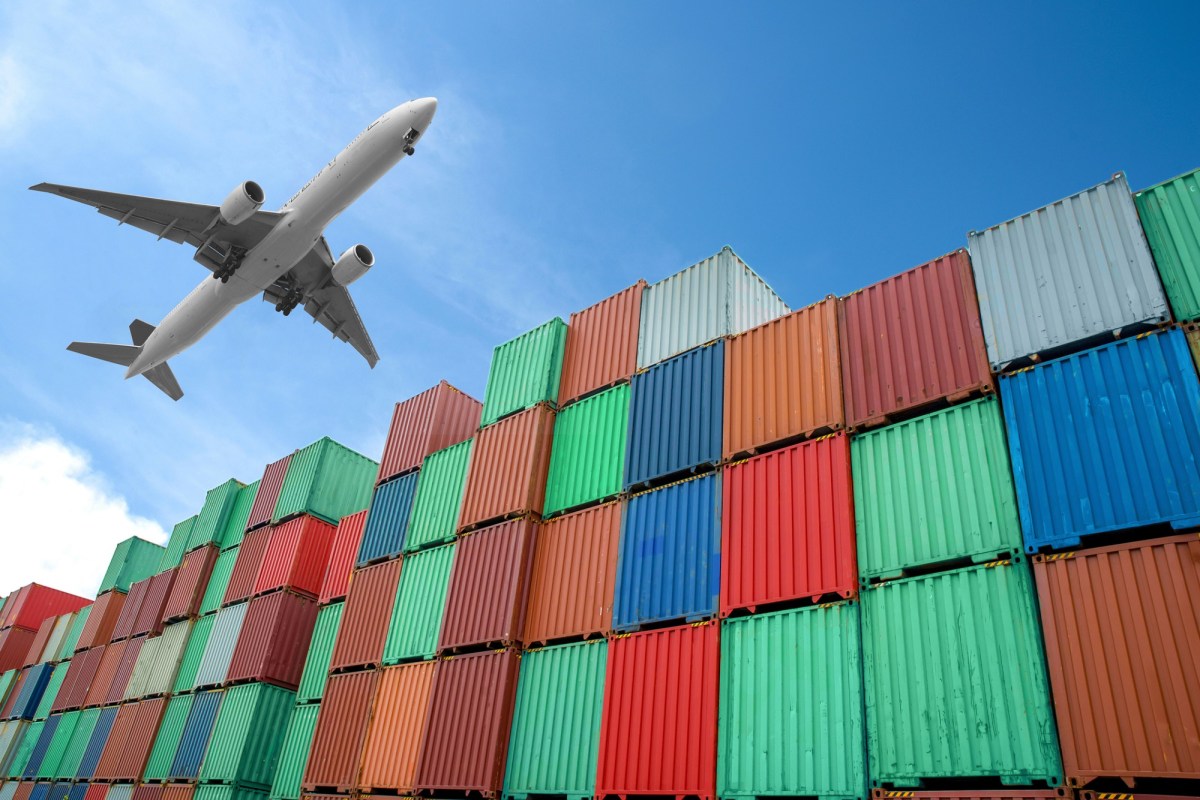The uneven response to Covid-19 in different countries over the past 12 months is forcing many airlines to stay grounded. For Australian SMEs this could mean the heightened cost of freight to deliver to international customers is likely to stay for some time.
Fluctuating exchange rates can have a big impact on costs and profit for a business importing or exporting products. Sea freight for example, can take a considerable time and the exchange rate can vary significantly from the time of purchase to the time of delivery to customer.
With this added pressure to tightly manage inventory and expenses, whilst also factoring in market volatility, Australian small businesses are looking for smarter ways to minimise FX costs.
OFX director of strategic partnerships for ecommerce, Edward Wiley believes the impact on Australian ecommerce businesses that are importing or exporting products globally doesn’t look like it will ease in the near future.
“There’s also the added pressure to tightly manage inventory and expenses while also factoring in market volatility. For example, additional expenses due to increased air freight costs, with fees nearly tripling to account for grounded passenger flights, forced many businesses to rely on the relatively more cumbersome sea freight,” he said.
“There’s also the consideration around fluctuating exchange rates that are exacerbated when posting via sea freight. Thankfully, we are continuing to see a positive trend where online seller businesses are increasingly using Forward Contracts, which allows you to fix exchange rates for up to 12 months, and Target Rate Transfers, where businesses can look to set a future target rate, to encourage more currency certainty and cash flow confidence.
“Understanding your business’s FX risk profile will enable Australian SMEs to apply a long-term strategic approach to FX risk management and offset ongoing distribution challenges. As such, it’s essential to factor in FX risk management strategies into your business plans to ease the strain on profit margins.”
Women’s online clothing retailer, Meshki moved to establish a US store in April 2020 and according to operations manager, Damien Park-Neilson, it was perfectly timed as it allowed the business to hedge against the USD as the exchange rate was fluctuating amid Covid-19.
“During this time, we were paying obscene amounts for air freight. Not only had air freight costs almost quadrupled from $3 per kilo to $10 per kilo, we had pivoted from selling dresses to bulkier items such as tracksuits to meet customer demand,” he said.
“We were also sitting low on inventory cover due to China going into lockdown during the Lunar New Year, so we needed to bring in as much stock as possible. So, we made some changes.
“We started expressing stock with DHL, switched our freight forwarder and kept doing weekly reviews of freight forwarders to see which was most competitive. In the past 12 months, I’d say the ratio has shifted from using 90% air freight and 10% sea freight to moving 60% of stock to sea freight and 40% air freight to effectively manage the cost of moving product.
“From April last year, we tried to pay all of our suppliers in USD; by avoiding conversions from AUD to USD and paying in advance we secured substantial savings in what was definitely a challenging year.”
Speaking about how freight strategies were impacted during and post Covid-19, SEKO Logistics chief financial officer, Angela Dagaris witnessed great volatility in customer demand, with online shopping fluctuating drastically during lockdown periods both locally and globally.
“We saw airline supply being drastically reduced and port congestion, putting pressure across the entire supply chain from the ability to receive inventory and fulfill orders. With SEKO Logistics extensive global network, we were able to quickly leverage our large purchasing power and secure air and ocean freight when others were stuck,” she said.
“We chartered entire planes for our clients to ensure that their critical stock moved within their required deadlines and created new trade lane solutions coupling both air and sea logistics. We are slowly seeing more capacity being released for both air and sea which allows SEKO Logistics to keep delivering goods on time and within SLA for our clients.”
SEKO Logistics has a range of clients who deal with foreign currency for their global customers and suppliers with many wanting to take the current currency win and lock it in for 2021 as the AUD strengthens against the USD.
“This allows our clients to have some control and certainty on their cost base in a climate where we are still unsure month to month on the global climate and impact to their business. We are also seeing clients holding on to the USD revenue from a customer cart level to allow for natural hedging when paying suppliers in USD.”

